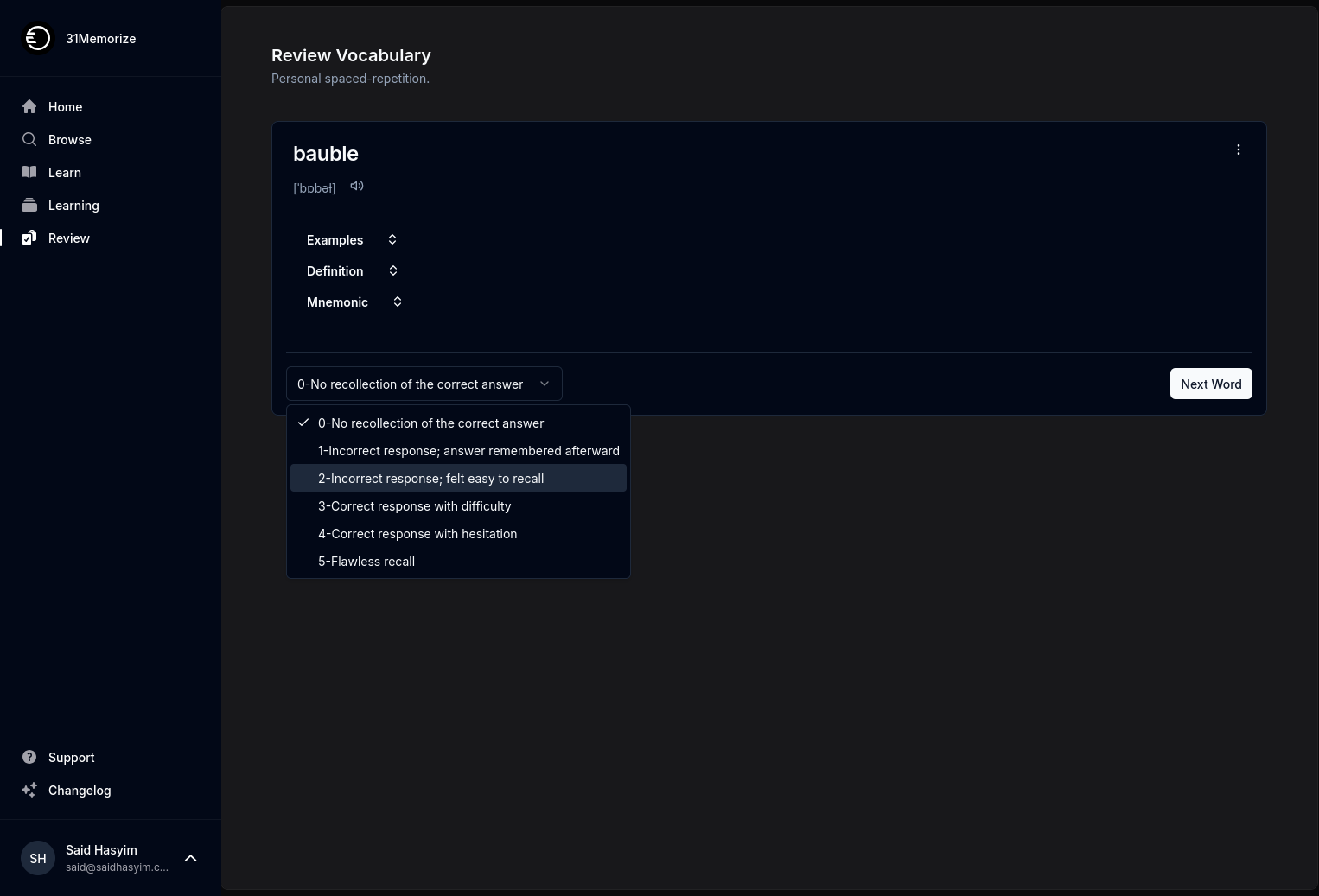Avoiding Common Pitfalls in Book Review Management
In today’s digital age, book reviews play a crucial role in defining a book’s success. How readers perceive a book can be significantly influenced by reviews published on various platforms—ranging from online retailers to Goodreads and personal blogs. Whether you're an author, publisher, or aspiring book reviewer, understanding how to navigate book review management is essential. In this post, we’ll explore some common pitfalls in book review management and how you can avoid them.
Understanding Book Reviews
Before diving into specific pitfalls, it's important to define what a book review entails. A book review is a critical assessment of a book that provides insights into its content, themes, strengths, and weaknesses. Effective reviews not only summarize the book’s plot but also offer thoughtful criticism and recommendations.
Common Pitfalls in Book Review Management
1. Lack of Clear Guidelines
One of the first pitfalls is failing to establish clear review guidelines. If you are managing a team of reviewers or seeking contributions from others, it’s vital to have a consistent framework. A lack of guidelines can lead to reviews that vary significantly in tone and depth, confusing readers and diluting your brand’s voice.
Solution: Create a review template that includes key elements such as:
- Book title and author
- Summary of the plot
- Key themes and messages
- Strengths and weaknesses
- Final rating and recommendations
Having such a template will ensure consistency and professionalism across all reviews.
2. Ignoring Diverse Perspectives
Another common mistake is focusing solely on the reviews from a single demographic. Homogeneity in reviews can lead to a skewed perception of a book, limiting audience engagement and discouraging diverse readership.
Solution: Encourage contributions from a diverse group of reviewers. This can include people from different backgrounds, age groups, and literary preferences. Including varied perspectives will enrich your review content, resulting in a more well-rounded understanding of the book.
3. Overemphasizing Star Ratings
Many platforms allow readers to rate books using a star system. However, placing too much emphasis on this numeric value can mislead potential readers. A single star rating often fails to communicate the nuances of a review.
Solution: Balance star ratings with narrative reviews. While star ratings can provide a quick snapshot, detailed commentary helps potential readers understand the reasoning behind the rating. Encourage reviewers to elaborate on their scores to provide context.
4. Neglecting Ethical Considerations
Ethics in book review management cannot be overstated. Conflicts of interest, undisclosed partnerships, and favoritism can undermine trust in your reviews. Authors and publishers may provide free books in exchange for reviews, but transparency is key.
Solution: Establish a clear ethical policy. This should include:
- Disclosure of free copies and paid promotions.
- Guidelines for handling negative reviews with integrity.
- Encouragement of honest feedback, even if it’s not positive.
A transparent approach helps maintain credibility and fosters trust among your audience.
5. Focusing Solely on Negative Feedback
While constructive criticism is essential, fixating on negative reviews can create a toxic atmosphere around the book. Excessive emphasis on negativity may deter potential readers and discourage authors from seeking reviews.
Solution: Strive for a balanced approach. Highlight both positive and constructive feedback in your review summaries. Celebrate what works in a book while offering suggestions for improvement in a respectful and informative way.
6. Not Engaging with Reviewers
Many book review managers overlook the importance of engaging with their reviewers. Failing to provide feedback, acknowledgment, or dialogue can lead to a disengaged community of reviewers and limit growth opportunities.
Solution: Actively engage with your reviewers. This can include:
- Providing constructive feedback on their reviews
- Recognizing outstanding contributions
- Creating forums for discussion about the books reviewed
Engagement not only builds a sense of community but also encourages reviewers to invest more in their work.
7. Limiting Distribution Channels
Only focusing on one platform to publish book reviews can limit your audience reach. Different readers prefer to access reviews from various sources, and restricting yourself to one medium can limit visibility.
Solution: Diversify your distribution. Share reviews not only on your primary platform but also on social media, your website, email newsletters, and other popular review sites. The wider your reach, the more potential readers you can engage with.
8. Failing to Evolve
The world of books—and the way we review them—is continually evolving. What works today may not be effective tomorrow. Sticking to outdated methods can hinder your book review management process and diminish its effectiveness over time.
Solution: Stay updated on trends in book publishing and reviewing. Attend workshops, read articles, and connect with other reviewers to adopt new ideas and strategies. Being adaptable will enhance your approach and keep your audience interested.
Conclusion
Book review management is both an art and a science. Avoiding the common pitfalls outlined above will enhance the quality and effectiveness of your reviews, fostering a stronger community and a more informed readership. By embracing diversity, ethical transparency, and engagement, you can create a robust review management strategy that honors the art of literature while serving your audience effectively.
Remember that effective reviews do more than just evaluate a book—they foster conversations and ignite passion for reading. Let’s make book reviews an enriching experience for both readers and reviewers alike!
